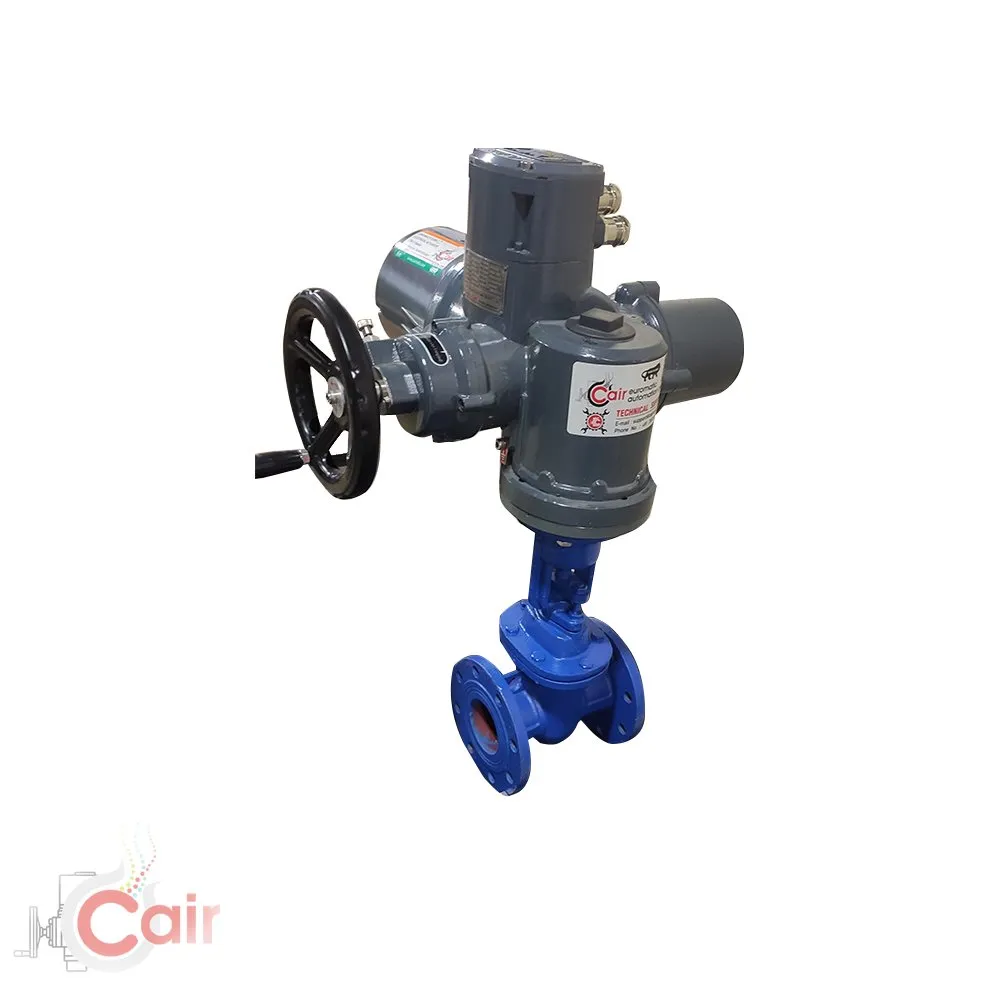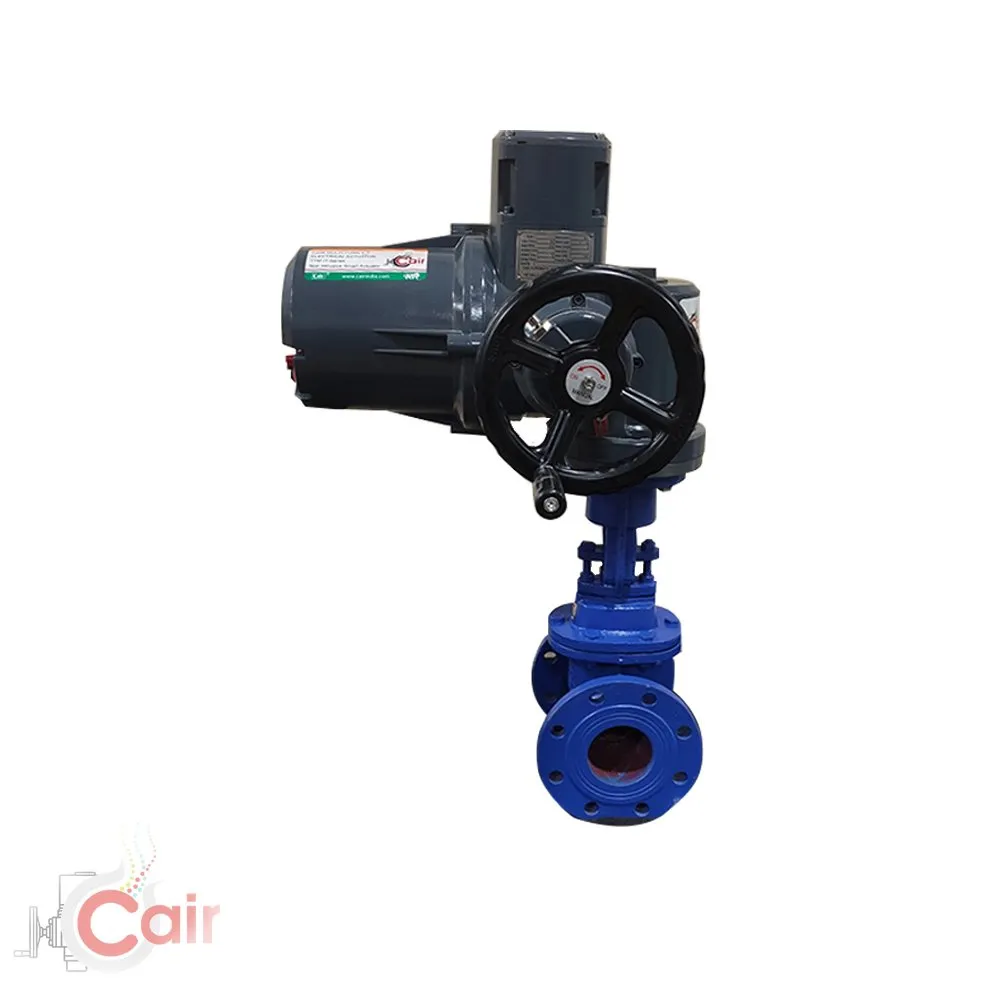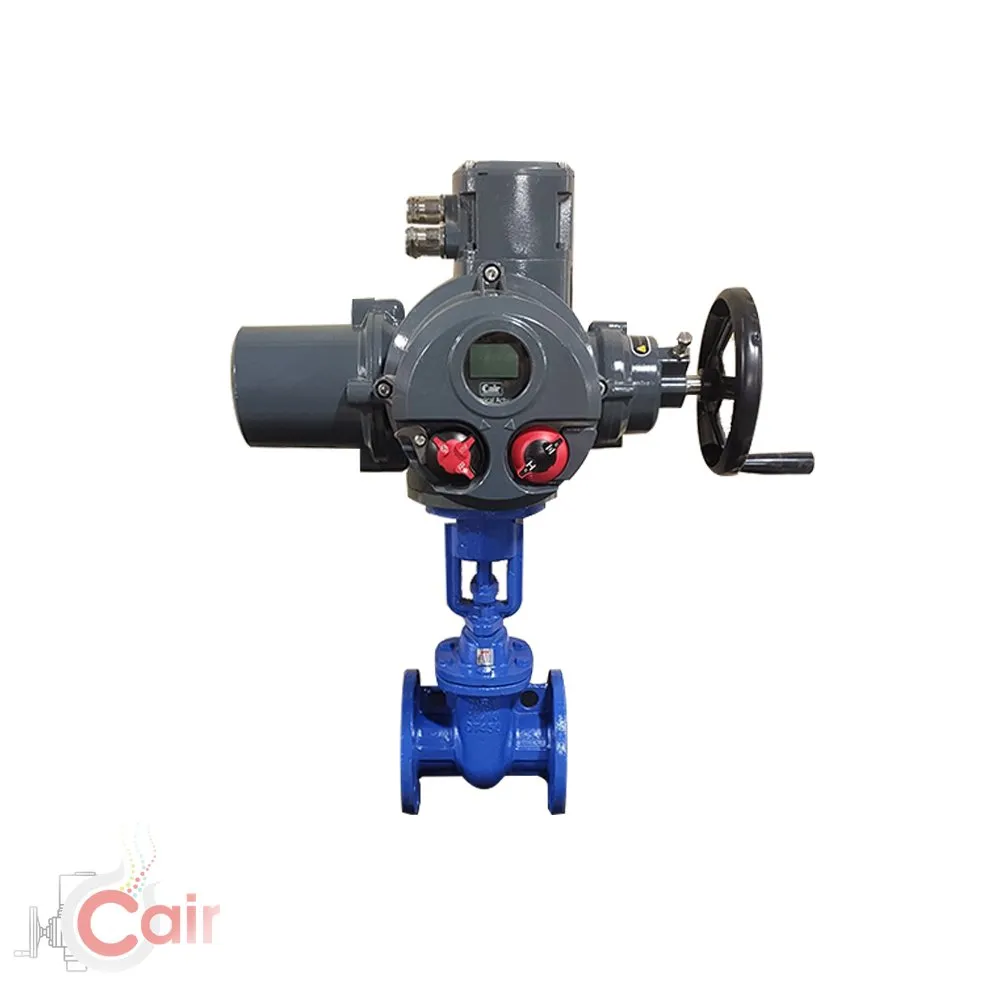How to Choose the Right Motorized Sluice Valve for Your Application
- cair euromatic
- Dec 5, 2022
- 4 min read
Updated: Dec 8, 2022
If you're looking for a motorized sluice valve for your application, you need to know which type of valve is right for you. There are different types of motorized sluice valves, each with its own benefits. In this blog post, we'll help you determine which type of valve is right for your application and give you things to consider when choosing a motorized sluice valve.
What are the different types of motorized sluice valves?
There are three main types of motorized sluice valves: ball, butterfly, and diaphragm. Ball valves are the most common type of valve used in domestic and industrial applications. They are very reliable and can be used for both high and low-pressure applications. Butterfly valves are also very common and are often used in high-pressure applications. Diaphragm valves are less common but are becoming more popular due to their ability to handle higher pressures and temperatures.
What are the benefits of each type of valve?
There are many benefits to using motorized sluice valves in various applications. Each type of valve has its own unique set of advantages that make it well-suited for specific tasks.
Pinch valves, for example, are often used in applications where a high degree of control is required, such as in food and beverage processing. Pinch valves can be opened and closed very precisely, which allows for greater control over the flow of liquids and other materials.
Butterfly valves are another type of valve that is commonly used in industrial applications. Butterfly valves are known for their durability and their ability to withstand high pressures. They are often used in pipelines and other similar applications.
Motorized sluice valves can be made from a variety of materials, including metals, plastics, and composites. This gives users the ability to choose the material that is best suited for their specific application. For example, metals are often used in applications where high temperatures or corrosive materials are present. plastics might be used in applications where weight is a concern. And composites can offer the best of both worlds – they can be strong and lightweight at the same time.
No matter what your specific needs might be, there is a motorized sluice valve that is right for you. With so many options available on the market today, it’s important to do your research to find the valve that will best meet your needs.
How do you determine which type of valve is right for your application?
There are a few factors that you will need to consider when choosing the right motorized sluice valve for your application. First, you need to think about the material that the valve will be made from. This is important because different materials have different properties that make them better or worse suited for specific applications. For example, metals are often used in high-temperature or corrosive environments, while plastics might be used in applications where weight is a concern.
You also need to consider the size of the valve. This is important because the size of the valve will determine the flow rate of liquids and other materials. For example, a smaller valve might be better suited for applications where a precise flow rate is required, while a larger valve might be better for applications where a high flow rate is needed.
Finally, you need to think about the environment in which the valve will be used. This is important because different environments can present different challenges that need to be considered when choosing a valve. For example, valves used in outdoor environments might need to be able to withstand extreme weather conditions, while valves used in food processing plants might need to be able to resist corrosion from chemicals.
By considering all of these factors, you can narrow down your options and choose the right motorized sluice valve for your specific application.
What are the things you should consider when choosing a motorized sluice valve?
When choosing a motorized sluice valve, there are a few things you should keep in mind. First, consider the material the valve is made from. Different materials have different advantages and disadvantages that make them more or less suited for specific applications. For example, metals are often used in high-temperature or corrosive environments, while plastics might be used in applications where weight is a concern.
Second, consider the size of the valve. The size of the valve will determine the flow rate of liquids or other materials through the valve. A larger valve will allow for a higher flow rate, while a smaller valve will restrict the flow rate.
Third, consider the environment in which the valve will be used. Different environments can have different effects on valves, so it’s important to choose a material that can withstand the conditions it will be exposed to. For example, if the valve will be used in a marine environment, it’s important to choose a material that can resist corrosion from salt water.
By keeping these factors in mind, you can narrow down your choices and find the motorized sluice valve that is right for your application.








Comments